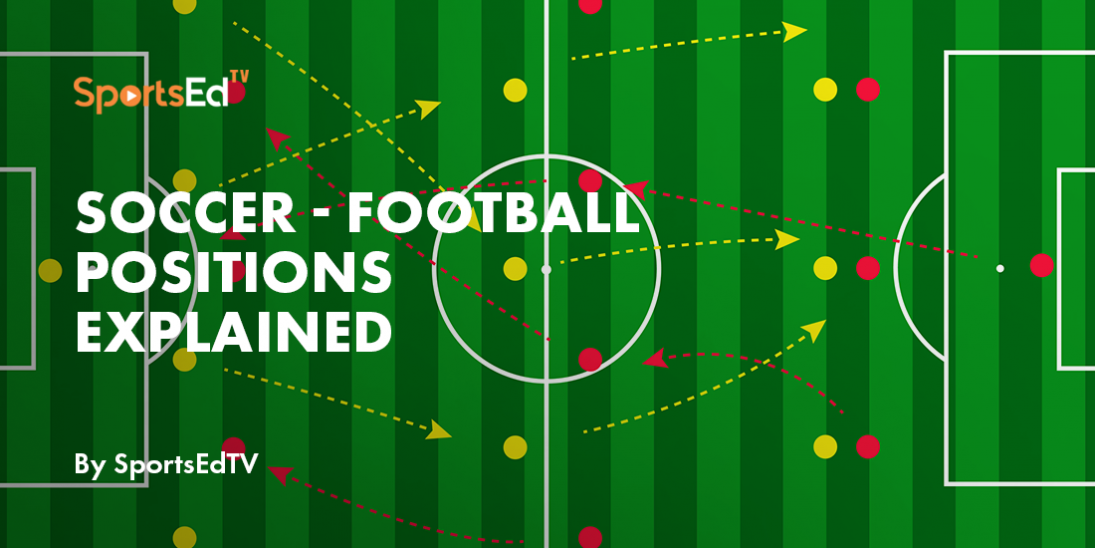Soccer
Welcome and thanks for visiting...

How to Teach Soccer Skills to Children: A Guide for Parents and Coaches

Soccer is a great sport that children of all ages can enjoy. It provides an enjoyable way to improve physical fitness, develops social skills, and teaches valuable life lessons such as teamwork and sportsmanship that will provide lifelong benefits. Teaching soccer skills to children can be a challenging task, however, especially for parents and/or coaches who may not have much experience with the game.
Whether you’re a parent looking to help your child develop their soccer skills or a coach working with youth players, try using the following tips to create a supportive and enjoyable environment:
1. Start with the basics
The first step in teaching soccer skills to children is to start with the basics. This means teaching them some fundamental rules of the game, basic skills such as dribbling and passing, as well as the importance of teamwork and sportsmanship.
Check out this blog for an in-depth guide to the rules of soccer.
When teaching the rules, it’s important to keep things simple and easy to understand, especially for younger age groups. Start with the basics, like how to score a goal, how to kick the ball, and what happens when the ball goes out of bounds. As children become more comfortable with the basics, you can gradually introduce more rules and strategies. It’s important to provide some rules to give the kids a structured path on which to learn and experience the game, but without taking away from the fun of playing or overexplaining the technical details. The most important aspect of youth soccer is that the players are enjoying themselves and having a positive experience.
Use these videos to guide teaching dribbling:
And passing:
When teaching skills like dribbling and passing, start with some fundamentals including those shown in these videos. Teach your players skills like how to control the ball at their feet, how to pass the ball to a teammate, and how to receive a pass. Again, it’s important to keep things simple and fun, so children don’t get overwhelmed or discouraged. Have the players pass with each other and play some simple games that involve a teammate.
Finally, it’s important to teach the importance of teamwork and sportsmanship. Emphasize working together as a team, communicating with teammates, and how to be respectful to opponents. Learning these values is important both on and off the field and is a large part of the benefits of youth sports for kids.
2. Focus on technique
As children are getting experience with the basics, it’s important to reinforce the right techniques. Use the videos above to find key teaching points for dribbling and passing. For information on how to teach shooting and the proper technique, watch the following videos:
It’s also important to vary the types of drills and exercises used to teach technique. Cones or other obstacles can be used to help children practice dribbling skills, for example weaving through defenders. Use partner drills like those listed above to help children practice passing and receiving the ball. Try out small-sided games to help children practice their shooting, tackling, and defending skills in a fun and competitive environment.
 Incorporate cones into your practice to provide stationary obstacles for players to navigate around
Incorporate cones into your practice to provide stationary obstacles for players to navigate around
3. Incorporate fun and games
Children learn best when they’re having fun, so it’s important to incorporate games and fun activities into your soccer lessons. This can include playing small-sided games, practicing skills in a fun and creative way, and incorporating friendly competitions and challenges to keep children engaged and motivated.
Small-sided soccer games are a great way to teach children how to work together as a team and provide a fun and dynamic challenge to improve their skills and better understand the game. These activities can even help children develop their decision-making and problem-solving abilities, as they learn to make quick decisions and adapt to changing situations on the field.
Incorporating friendly competitions and/or challenges is another way to keep children engaged and motivated. For example, set up a shooting competition where children take turns trying to score goals from different positions on the field. Or, set up a passing challenge where children try to make as many successful passes as possible within a certain time limit.
4. Emphasize the mental game
Soccer is as much a mental game as it is physical. As players become more adept in their soccer skills, it’s important to emphasize the mental aspects of the game, such as decision-making, communication, and confidence.
Decision-making is a critical skill in soccer, as players must constantly make quick decisions such as where and when to pass the ball, shoot, or dribble. These skills become one of the most important parts of the game as the level improves. Help your players develop their decision-making skills by creating game-like scenarios in practice, again such as small-sided games.
Communication is also important in soccer, as players must constantly talk to their teammates to help them stay aware of their surroundings and ensure that the players are acting in unison. Encourage children to communicate during practice, such as calling out their teammate’s name before passing the ball to them, telling their teammate with the ball ‘man on’ when they are being approached by an opposing player, and telling them to call for the ball when they are open to receive a pass.
Finally, confidence is an important part of soccer. In addition to improving their skills using the previously mentioned tips and videos, help your players develop their belief in their abilities by emphasizing their strengths and encouraging them to take risks on the field. Celebrate their successes and help them learn from their mistakes. It’s imperative to keep the environment positive and supportive to allow for their healthy and enjoyable development.
 Positive feedback is an essential part of coaching youth soccer
Positive feedback is an essential part of coaching youth soccer
Teaching soccer skills to children can be a challenging task, but with the right approach, it can be incredibly rewarding and a great way to help them improve not only at the game but also set them up for a successful life. Whether you’re a parent or a coach, remember to be patient, supportive, and encouraging. The number one priority should always be the children’s safety and enjoyment.








